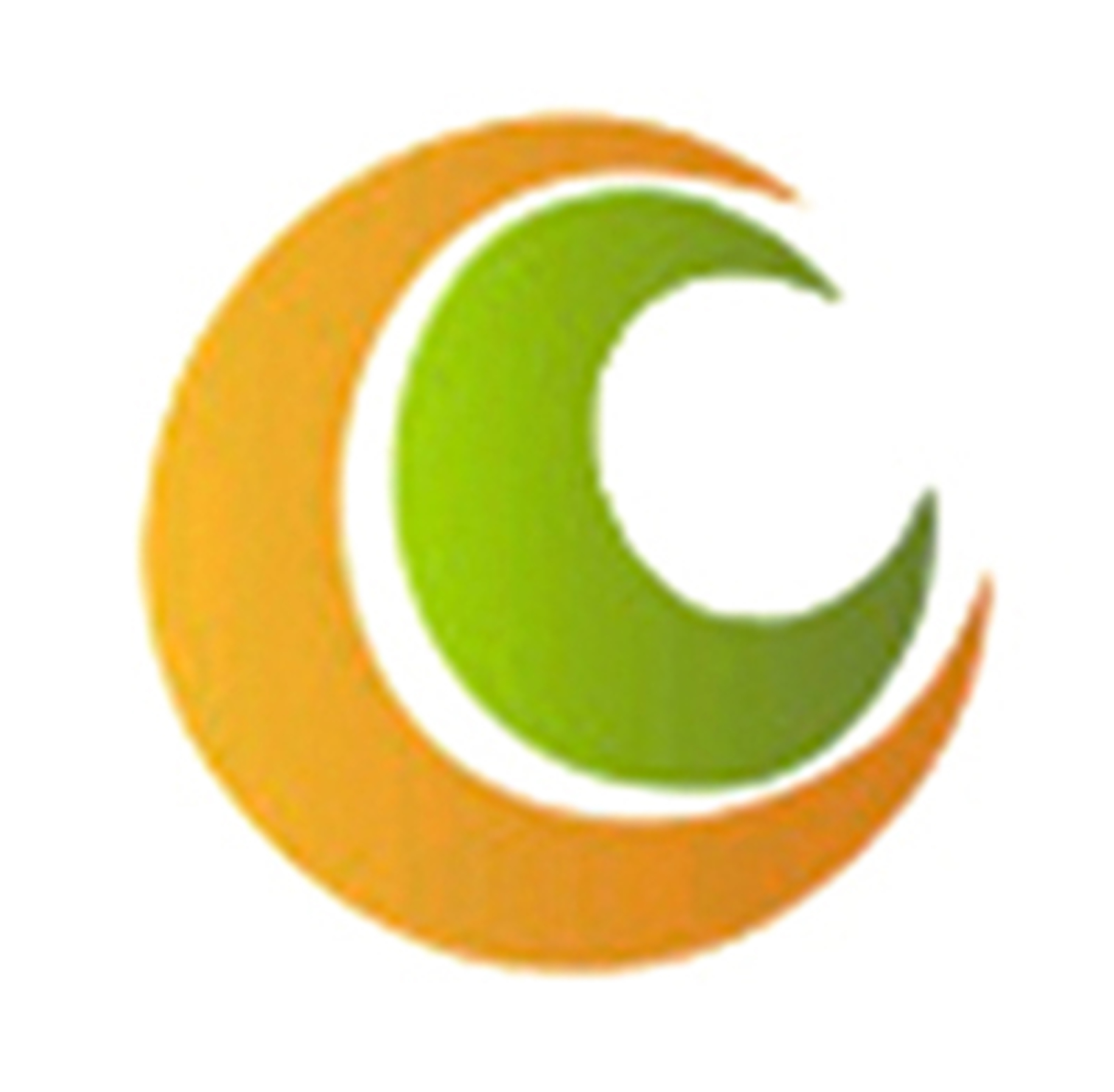Aquaculture knowledge "must know the basic knowledge of fish culture
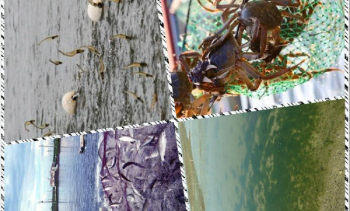
Basic knowledge
1. Fish fry: small fish hatched from fish eggs, with a body length of 7-8 mm, called fish fry or spray.
2, summer flowers: fish seedlings after 20-25 days of cultivation, grow into about 3 cm called summer flowers.This stage is also divided into 1.5-2cm black seeds and 3cm summer flowers.
3. First age fish species: after summer flowers are divided into ponds to winter or spring of the following year, generally growing to more than 10 cm is called first age fish species.Also known as winter tablets, spring tablets, Aberdeen, new mouth.
4. Second instar species: second instar species, also known as old mouth species, are bred for another year.
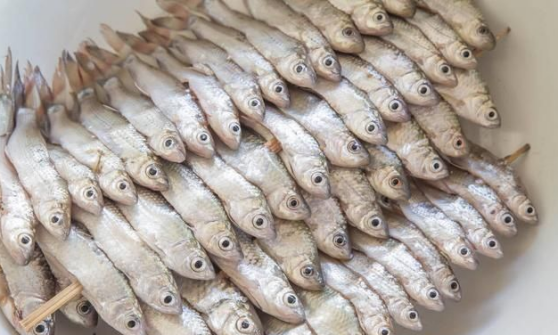
5. Water temperature: refers to the temperature of water, generally measured with a thermometer, measuring 50 cm below the water meter.
(1) Water temperature is the first factor affecting fish feeding and growth.Generally speaking, fish can grow at 1-33℃, 10-15℃ is the weak growing stage, 15-24℃ is the general growing stage, 20-32℃ is the appropriate growing stage, and 24-30℃ is the most suitable growing stage.When the water temperature exceeds 32℃, fish intake decreases obviously.When the water temperature exceeds 33℃, the fish stops growing.The water temperature exceeds 36℃ and the fish begin to die.Grass carp feeding peak at 27-30℃, below 20℃, growth rate decreased significantly;Carp feeding at 23-29℃ is the most prosperous, growth is inhibited below 15℃.
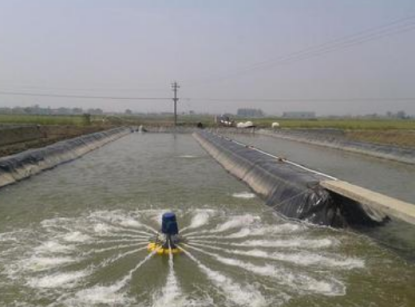
(2) Water temperature is also an important factor for the occurrence of fish disease, which is closely related to the occurrence and prevalence of the disease.General viral and bacterial diseases are most infectious when the water temperature is between 25℃ and 30℃, and the infection decreases when the temperature is above 32℃ and below 18℃.Some diseases, such as hydromildew, papillomavirus, oblique tube worms and fish bovis worms, usually occur below 20℃ and are seasonal epidemics of low temperature.
6, transparency: transparency is used to measure the depth of Sarsaparilla (black and white spaced disk) to indirectly represent the depth of light penetration into water.
(1) Its size depends on the turbidity of the water (refers to the degree of turbidity caused by the mixing of plankton and suspended matter in the water) and the color (the color formed by plankton, dissolved organic matter and inorganic salts).
(2) The measurement method of transparency is: put the black and white disc into the water slowly, when the black and white boundary on the disc is blurred, the distance from the water surface to the black and white disc is its transparency, the unit is expressed by "centimeters".
(3) In the fish growing season, transparency should be kept between 20-40 cm.
7. PH: also known as PH value, it is an indicator reflecting the acidity and alkalinity of water, and is an important hydration factor and ecological factor closely related to aquaculture.
(1) at room temperature, PH < 7.0 is acidic, PH > 7.0 is alkaline, and PH=7.0 is neutral.
(2) For aquaculture, PH=7.5-8.0 under slightly alkaline conditions is the ideal PH for most fish to achieve stable and high yields.
(3) In the absence of external wastewater pollution, PH value is mainly affected by light, water temperature and organic matter content.
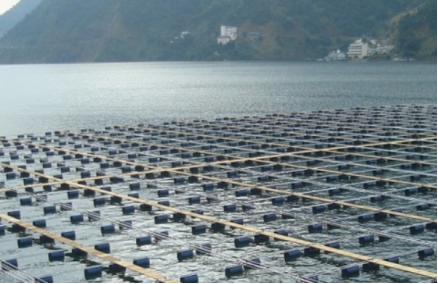
8. Dissolved oxygen: Also known as dissolved oxygen, refers to the oxygen dissolved in water, commonly abbreviated as DO, in units of mg/L (milligrams per liter).
(1) for aquaculture, of the 24 hours in a day, 16 hours must be greater than 5mg/L and the rest must not be less than 3mg/L at any time.
(2) The amount of dissolved oxygen is often the main limiting factor for the growth of fish. According to statistics, the death of fish caused by direct or indirect hypoxia accounts for about 60% of the total death of cultured fish.
(3) Measures to improve dissolved oxygen conditions in ponds include:
(1) According to the season, the weather reasonable cast bait fertilization, prevent fish floating head.
(2) Timely filling of new water, to increase the transparency of the pool and compensation depth.
(3) reasonable use of aerator, especially should seize every sunny day, in the noon of the upper supersaturated oxygen transport to the lower layer, in order to maintain the balance of dissolved oxygen.
(4) apply inorganic fertilizer, especially apply phosphorus fertilizer, to improve the pool water nitrogen phosphorus ratio, promote phytoplankton growth.
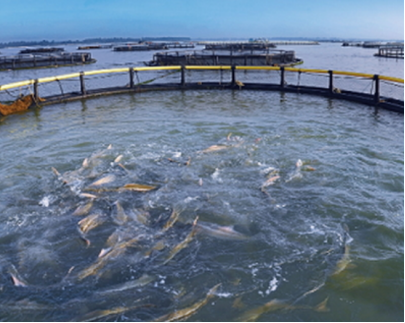
9. Predatory fish: refers to fish that can directly swallow bait, such as grass carp, carp, crucian carp, herring, etc.
Filter feeder: refers to the fish that cannot directly eat artificial bait but can only take feed powder and plankton from the water, mainly the silver carp and silver carp.
10. Feed coefficient: refers to the amount of feed required to produce 1 kilogram of fish.If the feed coefficient is 2.0, it means eating 2 kg of feed and growing 1 kg of fish.
11, bait rate: 100 kilograms of fish eat how much feed, expressed in a few percent.For example: casting rate of 3% means 100 kg fish eat 3 kg feed.
12, three prevention: refers to prevent floating head flood pool, prevent enemy infestation, flood prevention escape fish.
13, four elimination: refers to the pond disinfection, fish disinfection, water disinfection, food, bait, tools disinfection.

